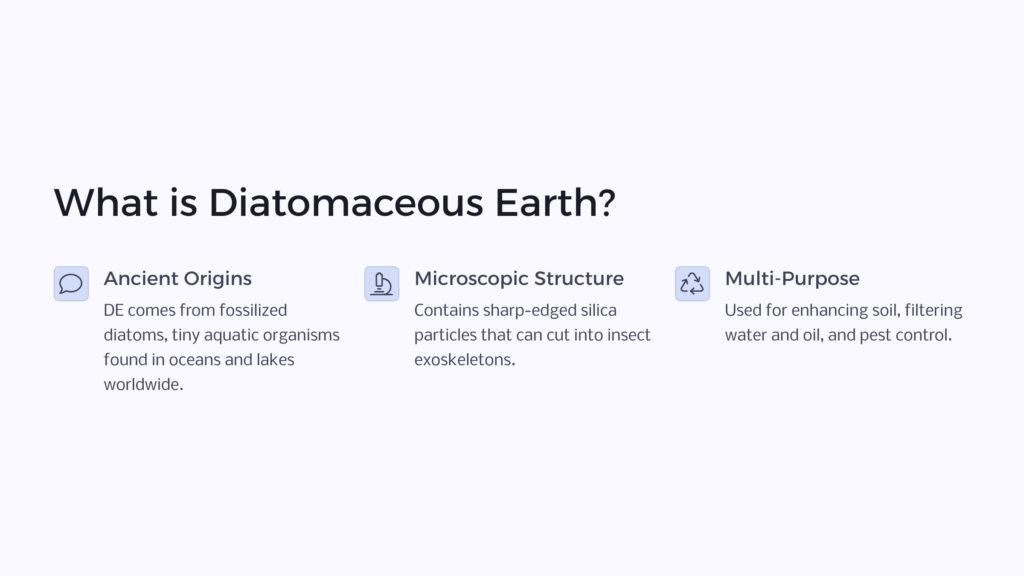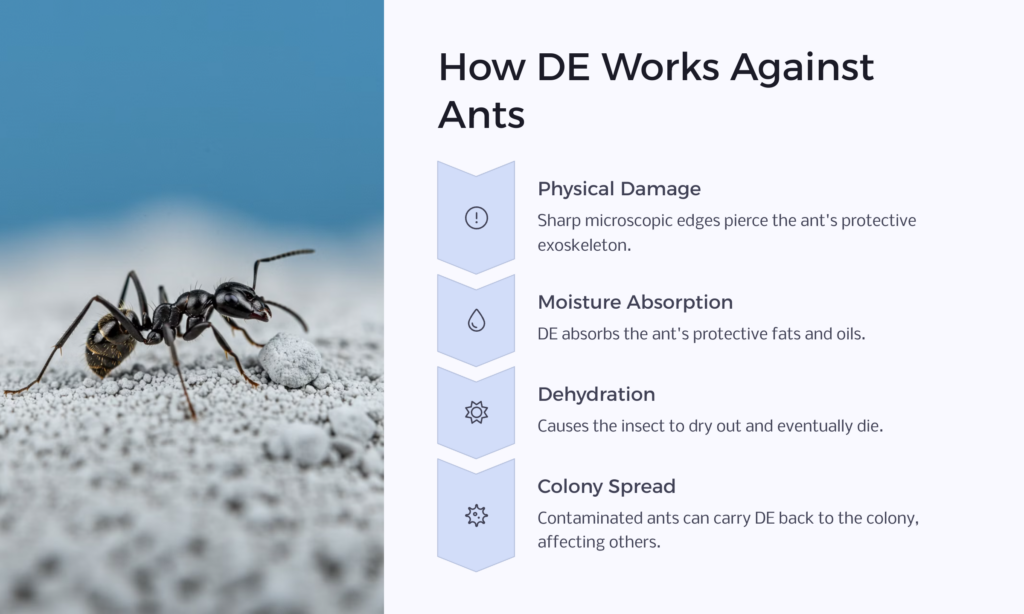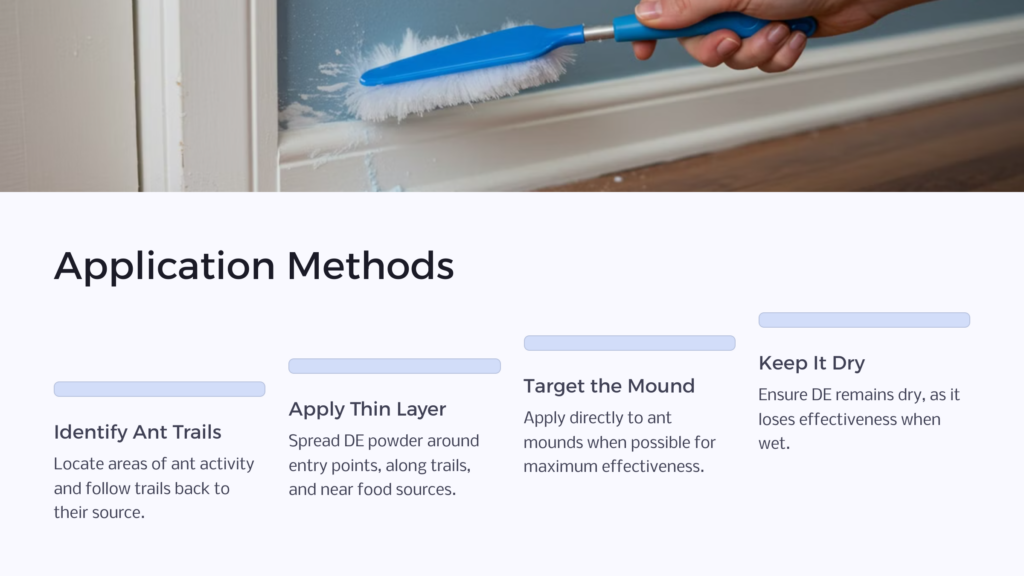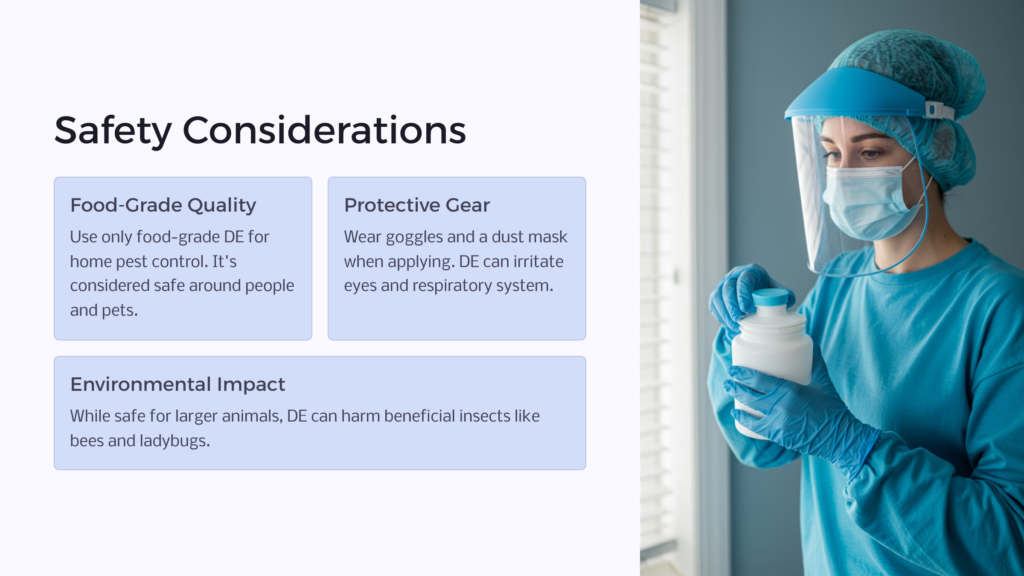Diatomaceous Earth and Its Effect on Ants
Diatomaceous Earth (DE) has generated quite a buzz in recent times, largely associated with its alleged capacity to regulate pests, especially ants. Diatomaceous Earth is a naturally occurring substance derived from fossilized aquatic creatures known as diatoms. While natural solutions to vexing issues such as ant infestations are often welcomed, their effectiveness is invariably called into question. Through this article, we intend to explore the efficacy of Diatomaceous Earth as a method of ant control.
What is Diatomaceous Earth?

Diatomaceous Earth originates from the fossils of diatoms, which are tiny, aquatic organisms found in oceans and lakes worldwide. Over millions of years, these diatoms accumulate a siliceous sediment known as diatomite, the raw material for Diatomaceous Earth.
Today, DE is deemed multi-purposeful, boasting an array of domestic and industrial uses. Among these, enhancing soil quality, filtering water and oil, and pest control remain the most common. Its utility in pest eradication is due to the microscopic, sharp edges of the DE particles, which prove fatal to many insects.
DE works by cutting into the exoskeleton of insects, absorbing their protective fats and oils, causing them to dehydrate, and ultimately killing them. This is why it’s commonly used in gardens and homes to control a variety of insect pests, including ants.
How Does Diatomaceous Earth Work Against Ants?

On a microscopic level, Diatomaceous Earth contains minuscule, fossilized diatoms. The sharpness of these tiny ‘shells’ is enough to pierce the ant’s protective exoskeleton, causing the insect to dry out and die.
When ants come into contact with DE, the minuscule silica-based components cause physical abrasions resulting in water loss. As a result, ants could literally desiccate, leading to their death. This desiccation process, however, doesn’t happen instantly, allowing the contaminated ant to carry DE back to the colony, possibly infecting others.
Efficacy of Diatomaceous Earth for Killing Ants
Research studies have shown impressive results regarding the efficacy of DE in ant control. Published scientific studies offer evidence that DE could indeed be lethal to ants. Some field-based studies suggest a noticeable reduction in ant colony populations within two weeks of DE application.
Anecdotal evidence from personal testimonials further reinforces DE’s prowess. Countless homeowners, gardeners, and pest control professionals attest to the effectiveness of DE when tackling an ant infestation.
How to Use Diatomaceous Earth for Ant Control

Using DE for ant control is straightforward. Apply a thin layer of DE powder on areas where you observe ant activity, especially around areas where food is handled such as garbage cans. You can even try to follow the ant trail back to the ant mound to spread DE directly at the source. Ensure it is dry because DE loses its effectiveness when wet.
In terms of safety, DE poses minimal risk to people and pets. However, it can be an eye and respiratory irritant if not handled properly. Always wear goggles and a dust mask when applying DE, especially indoors or in windy conditions.
For best results in ant control, use food-grade Diatomaceous Earth, as it’s considered safe and effective by pest control professionals.

Pros and Cons of Using Diatomaceous Earth for Ants
DE is a natural, non-toxic alternative to conventional chemical insecticides. It’s safe around pets and children, easy to apply, and inexpensive. However, it requires dry conditions to remain effective, a limitation in humid or rainy regions. Moreover, while DE is harmless to larger animals, it can also kill beneficial insects such as bees and ladybugs.
Comparing Diatomaceous Earth with Other Ant-Control Methods
Conventional ant control methods employ pesticides often laced with harmful chemicals offering instant results. While effective, these methods often contain boric acid as an active ingredient, presenting considerable threats to the environment, non-target animal species, and human health. In contrast, DE provides a more eco-friendly solution though it might take longer to produce visible results. For this reason, DE is often included in any integrated pest management system, allowing a reduction in pesticide use for a healthier, more eco-friendly way to eliminate pests.
Conclusion
In summary, Diatomaceous Earth can be an effective, natural means of ant control. Scientific studies and anecdotal evidence highlight its utility and effect. However, it should be applied correctly, and its effects might take some time to be noticeable.
Have you tried Diatomaceous Earth for ant control? We invite you to share your experiences with us. We also welcome any queries regarding pest control options and best practices. Keep exploring nature-friendly solutions to everyday problems!
